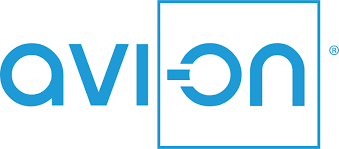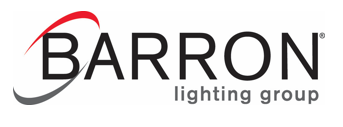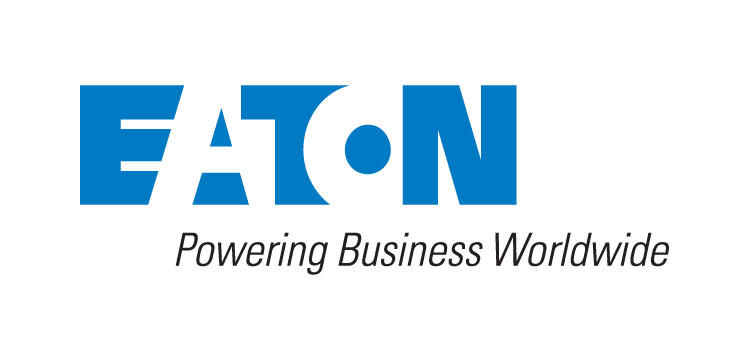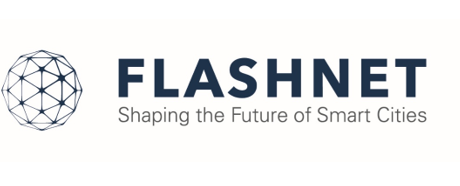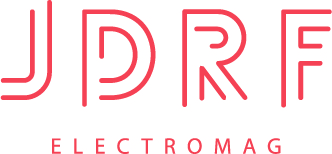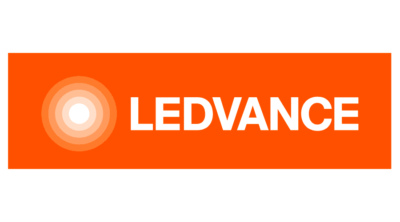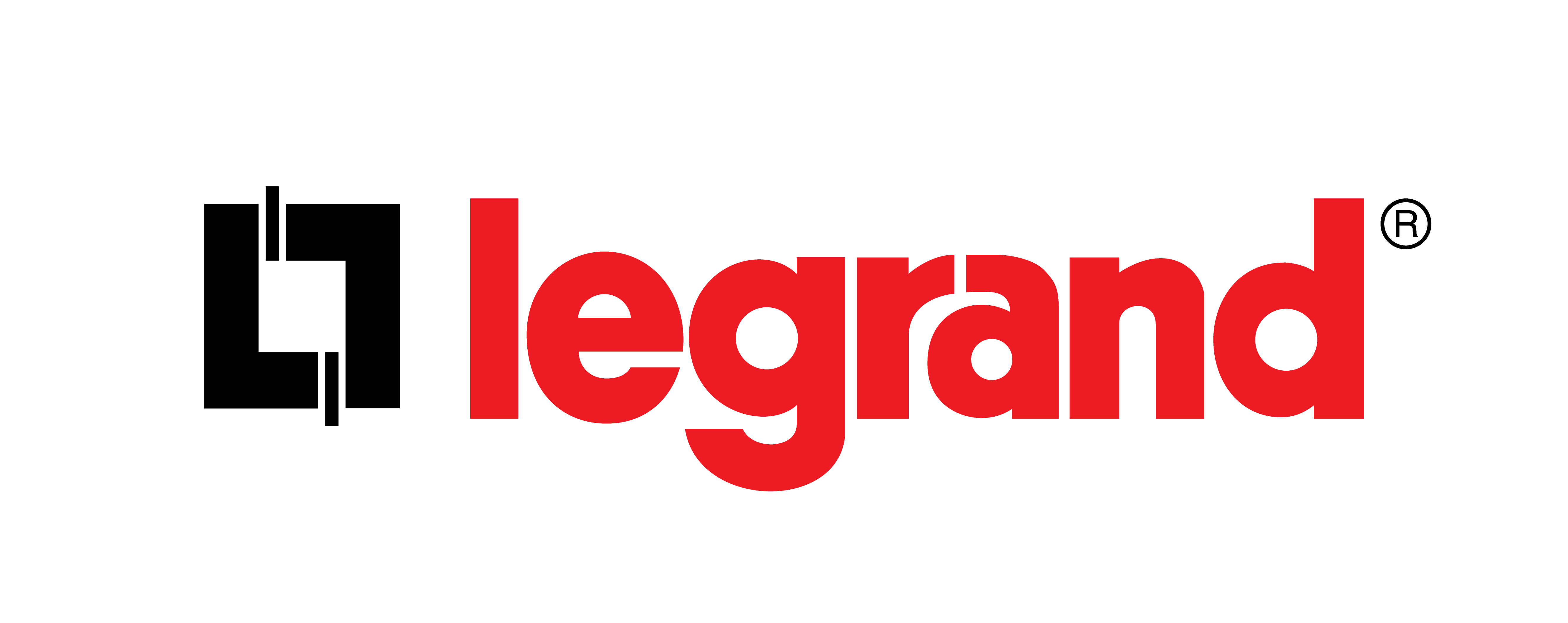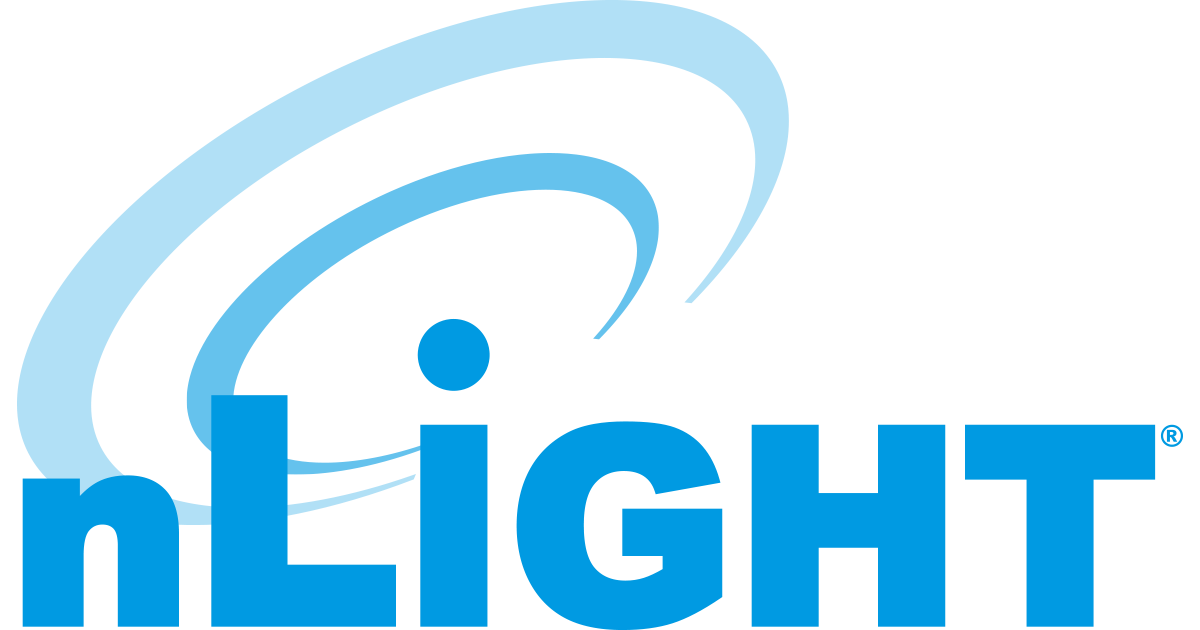In 2014, the International Code Council published the 2015 International Energy Conservation Code (IECC), a model residential and commercial building energy code. ICC states: “This code shall regulate the design and construction of buildings for the use and conservation of energy over the life of each building.” The IECC is not a code in itself [...]
Update: On September 26, 2014, the U.S. Department of Energy (DOE) named the ASHRAE/IES 90.1-2013 energy standard as the new national energy reference standard, superseding the 2010 version in effect until then. Within two years, all states in the United States must put into effect a commercial building energy code at least as stringent as [...]
Outdoor lighting controls is undergoing a mini-revolution that offers new design and selling opportunities while challenging electrical professionals to stay on top of technological change. Traditionally, outdoor lighting control was relatively simple. A typical scheme featured a controller providing automatic ON/OFF based on time of day (using an astronomical time switch) or daylight (photosensor). The [...]
The Illuminating Engineering Society, in partnership with the Lighting Controls Association, has published LEM-7, Lighting Controls for Energy Management, a detailed guide to energy-saving lighting controls. The publication was written by Craig DiLouie, LC in support of the IES Energy Management Committee. The 48-page 8.5×11 guide, which is available for $35 (IES members) and $50 [...]
On October 18, 2013, all states were required by the U.S. Department of Energy (DOE) to put in place a commercial building energy code at least as stringent as the 2010 version of the ASHRAE/IES 90.1 energy standard. Eight states are in compliance as of October 2013. States are expected to adopt 90.1-2010 in whole [...]
California has announced the 2013 version of its Title 24 energy code, which regulates energy-efficient design of buildings. The changes take effect in 2014 and are mandatory. The California Lighting Technology Center has published a guide to the major changes. Download it here.
The Energy Policy Act of 2005 created the Energy-Efficient Commercial Buildings Tax Deduction (CBTD) to encourage owner investment in energy-efficient building systems. The CBTD establishes a special tax deduction rewarding investment in energy-efficient interior lighting, HVAC/hot water systems and building envelope, subject to a cap of up to $1.80/sq.ft. It’s an accelerated tax deduction, meaning [...]
The International Energy Conservation Code (IECC) is a model residential and commercial building energy code produced by the International Code Council. First published in 1998, the IECC was updated in 2000, 2003, 2006, 2009 and, earlier this year, 2012. The IECC is actually not a code, but instead a template for legal jurisdictions to use [...]
In July 2011, the Department of Energy recognized the ASHRAE/IES 90.1-2007 standard as the new national energy standard, superseding the 2004 version. In a bold move, on October 19, 2011, DOE recognized the 2010 version of 90.1 as the new national energy standard. By October 18, 2013, all states in the United States must put [...]
As demand for lighting controls continues to grow, advanced solutions are becoming increasingly specified while also becoming increasingly sophisticated. This increasing sophistication translates to greater owner benefit but can also pose greater risk of design and installation mistakes. In a perfect world, designers create clear and detailed lighting control requirements that are easily installed by [...]
Because of the strong energy savings potential offered by daylight harvesting, coupled with advancing technology, codes and standards are now beginning to address daylight harvesting—specifically, International Energy Conservation Code (IECC) 2009, ASHRAE/IES 90.1-2010, ASHRAE 189.1 and Title 24-2008.
Last month, the Lighting Controls Association published a guide to the new ASHRAE/IES 90.1-2010 standard, focusing on its prescriptive lighting power requirements as well as significant changes to its scope and administrative requirements. In Part 2 of this series on the new standard, we will focus on its extensive new mandatory and optional lighting control requirements. Regarding controls, the changes are nothing short of historic.
ASHRAE/IES 90.1, Energy Standard for Buildings Except Low-Rise Residential Buildings is published every three years to provide states and other jurisdictions with a model commercial building energy code. The 2010 version, published November 2010, represents the most dramatic revision of the standard since 1999. In this two-part series of special reports by the Lighting Controls Association, we will examine the new energy standard in detail. Part one, presented here, focuses on changes to the prescriptive lighting power requirements as well as changes to scope and administrative requirements. Part two, to be published next month, will focus on the standard’s extensive list of new mandatory and optional lighting control requirements.
The big news is that ASHRAE 90.1-2010 has been published. It represents a major leap in evolution of the energy standard; it’s basically almost an entirely new standard. Lighting controls play a starring role. Here is a summary of lighting control-related changes that caught my eye at first glance.
Code authorities are considering approaches to energy codes that are performance based instead of mainly prescriptive. In a performance-based code, the building would be designed so that it would operate within a target limit for energy consumption—using annual kWh/sq.ft. instead of W/sq.ft. as the primary metric.
Green construction codes and standards are beginning to emerge on the national code stage. The standards go beyond energy standards such as 90.1 and the International Energy Conservation Code (IECC) to cover additional areas such as site sustainability, water efficiency, indoor environmental quality and materials and resources. The first is ASHRAE Standard 189.1, Standard for the Design of High-Performance, Green Buildings Except Low-Rise Residential Buildings, published by ASHRAE in January 2010 in conjunction with the USGBC and the Illuminating Engineering Society.
ASHRAE/IES 90.1 Energy-Efficient Design of New Buildings Except Low-Rise Residential Buildings was first published in 1975 and updated in 1980, 1989, 1999, 2001, 2004 and 2007. After 2001, the intention is to update the Standard every three years. Applicability: Today, most states have adopted either 90.1 or the International Energy Conservation Code (IECC) as their [...]
IECC 2009 contains a number of changes impacting lighting for commercial buildings, including:
• Forced choice of compliance with entirety of IECC or 90.1
• Required circuiting for independent control of lighting in “daylight zones”
• Revision of additional retail display allowances
• Added exemptions to interior lighting wattage that must be counted for compliance
• Splitting the exterior power allowance using a system of outdoor lighting zones
• Clarifications and practical application language changes
In terms of lighting, ASHRAE 90.1-2007 clarifies the Standard’s intent and enacts several refinements but otherwise doesn’t revise the lighting power density (W/sq.ft.) limits from the 2004 version, which itself was 20-25 percent more stringent than the 1991/2001 versions.
NYControlled 2025: Harold Jepsen Describes the LCA’s New Design Express Tool
10/31/2025At NYControlled, the EdisonReport’s Randy Reid interviewed Legrand’s Harold Jepsen, a member of the board of the Lighting Controls Academy, about lighting control trends, the mission of the Lighting Control Academy, and the launch of the new Design Express tool.
NYControlled 2025: LiteTrace’s Chris Primous Talks EmerLite™ Emergency Testing Solution
10/29/2025At NYControlled, the EdisonReport’s Randy Reid interviewed Chris Primous, EVP of Sales & Marketing at LiteTrace Brands, about the company’s latest products and innovations.
NYControlled 2025: PLC Multipoint’s Bart Manguno Talks Tandem Relay Panels
10/27/2025At NYControlled, the EdisonReport’s Randy Reid interviewed Bart Manguno, Commercial Business Director at PLC Multipoint, about the company’s Tandem Relay Panels.
NYControlled: Avi-On’s Joe McGrath Talks Lockdown Mode
10/24/2025At NYControlled, the EdisonReport’s Randy Reid interviewed Joe McGrath, Sales Director East Coast for Avi-On, about the company’s new feature called Lockdown Mode.
The Lighting Controls Podcast: Gary Meshberg and Harold Jepsen Talk New CIN/SOO Tool
09/12/2025In this episode of The Lighting Controls Podcast sponsored by MaxLite, hosts C. Webster Marsh and Ron Kuzmar interview Gary Meshberg, Chair of the Lighting Controls Academy, and Legrand’s Harold Jepsen, Vice Chair of the NEMA Lighting Controls Technical Section about the evolving world of lighting controls and a groundbreaking new Control Intent Narrative/Sequence of Operations Tool offered by the Lighting Controls Academy.
LCA TV: EmerLite™ by LiteTrace
09/08/2025This educational video, produced by the Lighting Controls Association at the 2025 LEDucation event in New York City, introduces LiteTrace’s EmerLite™, a wireless platform revolutionizing emergency lighting compliance for commercial facilities.
LCA TV: Athena Lighting Control System by Lutron Electronics
08/13/2025This educational video, produced by the Lighting Controls Association at the 2025 LEDucation event in New York City, introduces Lutron’s Athena lighting control system.
LCA TV: Wattstopper i3 Platform by Legrand
08/11/2025This educational video, produced by the Lighting Controls Association at the 2025 LEDucation event in New York City, introduces Legrand’s Wattstopper i3 Platform, a next-generation lighting and building intelligence solution powered by KODE Labs.
LCA TV: IR -TEC America’s Bluetooth Programming for Sensors
07/29/2025This educational video, produced by the Lighting Controls Association at the 2025 LEDucation event in New York City, introduces IR-TEC America’s Bluetooth programming capability for the company’s sensors.











